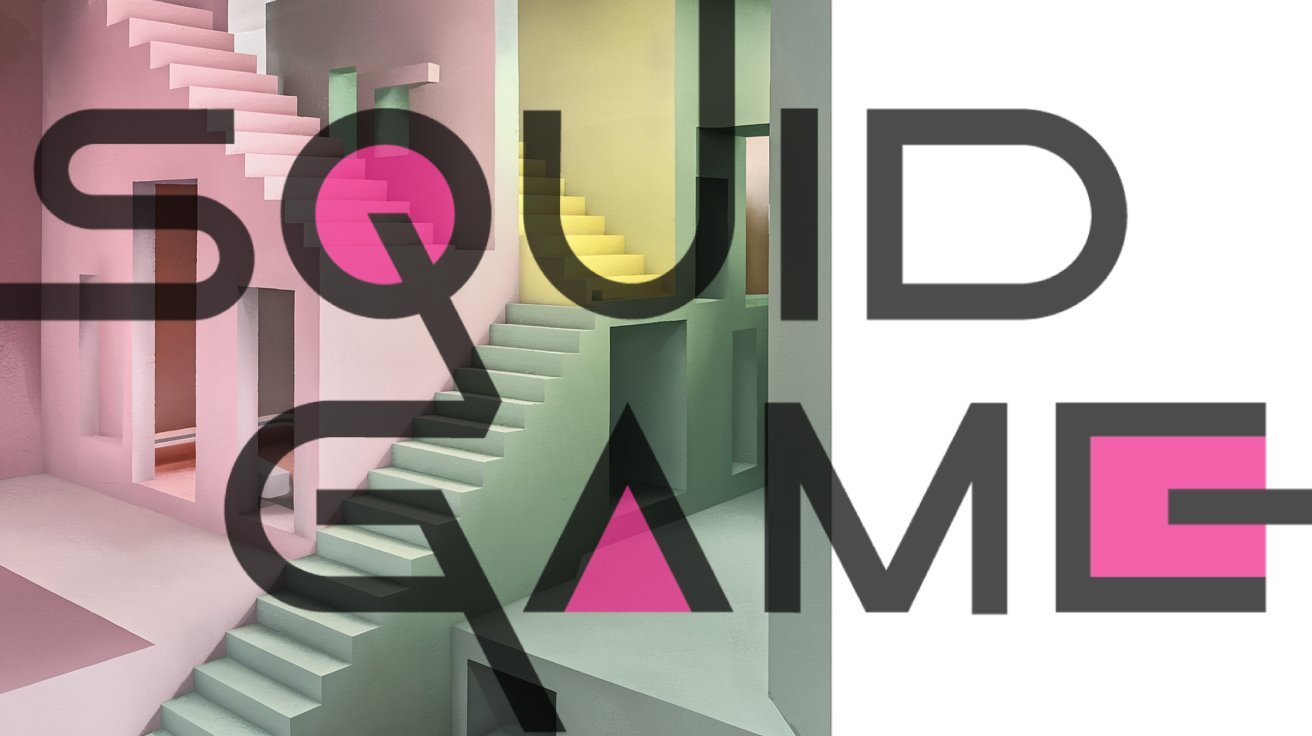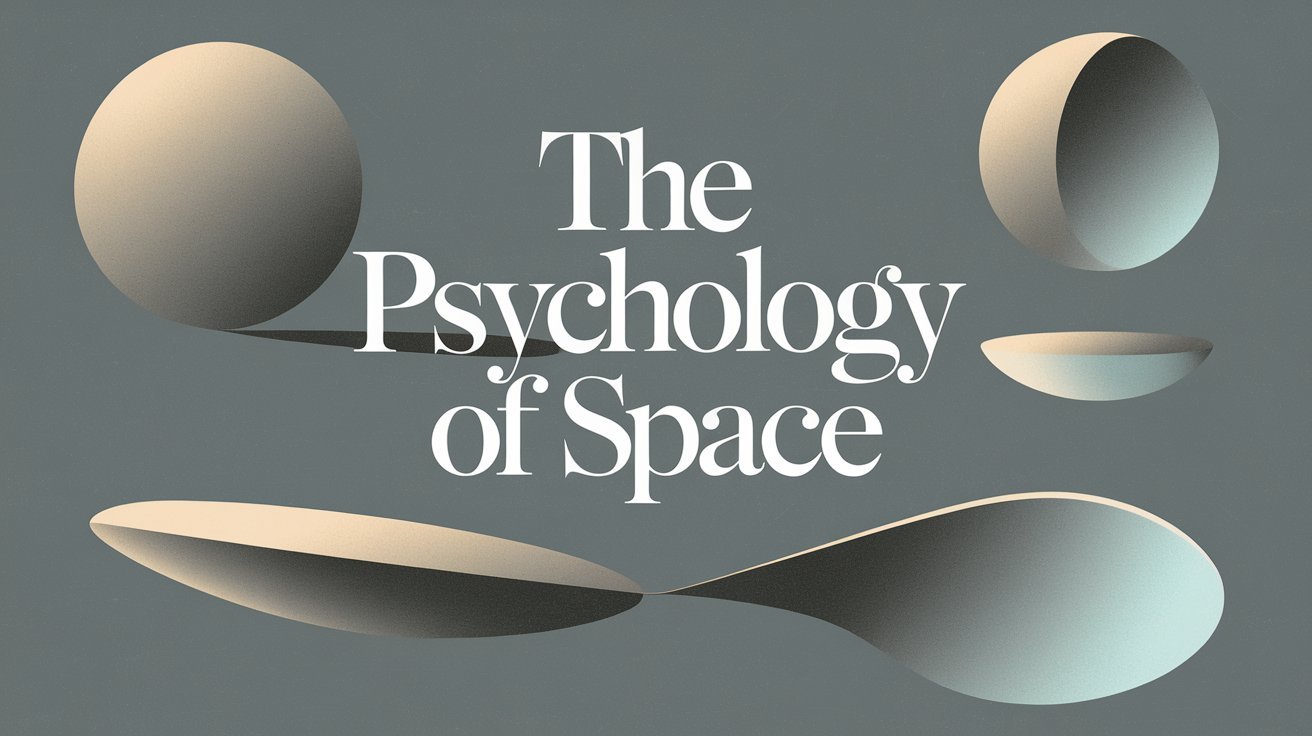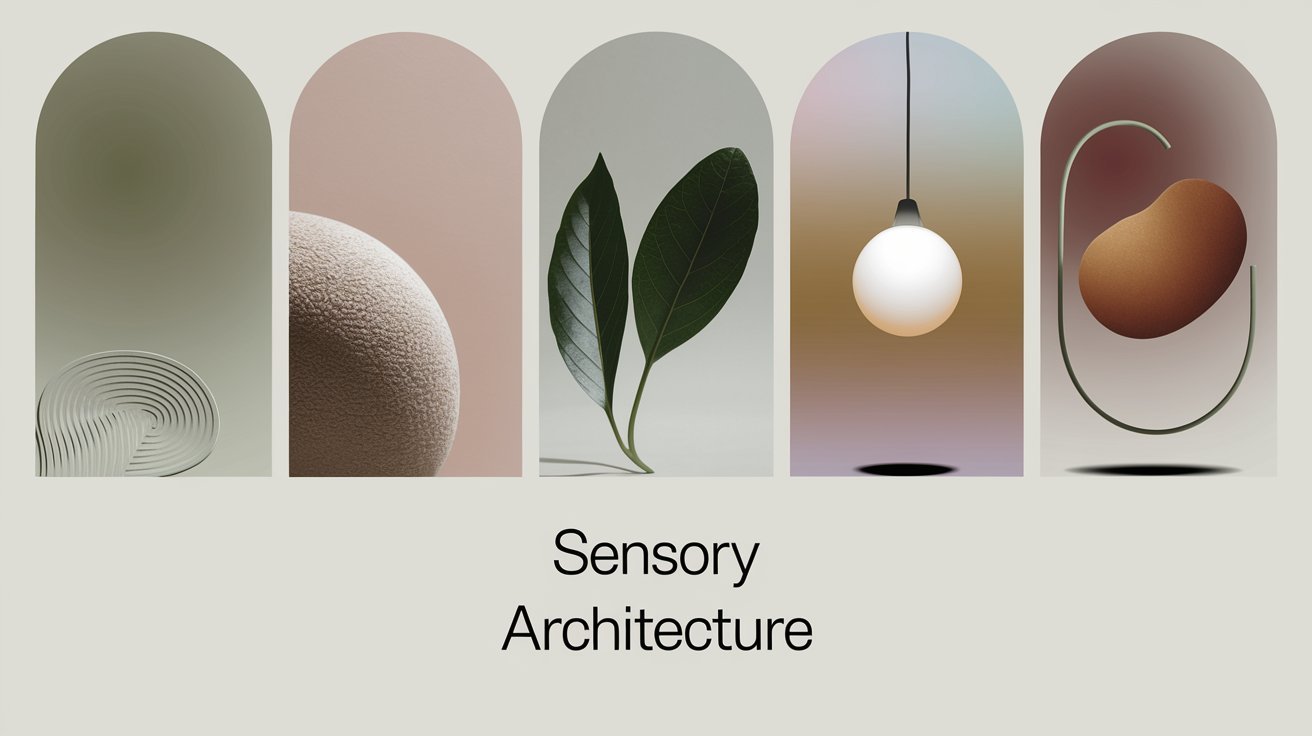Composed By-Ketan Goriwale
What makes a show like “Squid Game” linger in our minds long after the credits roll? Is it the gripping plot, the haunting characters, or something deeper that speaks to us without words? At its core, “Squid Game” tells a story of survival and societal struggle, but it’s the masterful use of architecture and art that transforms the series into a visual and emotional spectacle.
From surreal staircases to the symbolic clash of colors, every design choice serves a purpose, drawing us into a world that feels both familiar and unsettling. These elements don’t just decorate the narrative—they amplify its themes, heighten its tensions, and make us question the spaces we inhabit in our own lives.
In this blog, we’ll explore how the architectural brilliance and artistic nuances of “Squid Game” contribute to its storytelling magic. Together, we’ll uncover how these creative choices shape emotions, build tension, and leave a lasting impact on audiences worldwide. So, are you ready to see the game from a whole new perspective?
Architectural Brilliance in “Squid Game”
One of the most striking aspects of “Squid Game” is how its architecture plays a pivotal role in storytelling. The spaces are not just backdrops—they’re characters in their own right, reflecting the show’s themes of control, chaos, and survival. Let’s delve into the architectural elements that make this series visually unforgettable.

1. The Surreal Geometry of the Staircase Maze
Have you ever felt trapped in a dream where the walls keep shifting, and there’s no way out? The vibrant, Escher-inspired staircase maze in “Squid Game” evokes exactly that sensation. Its chaotic design mirrors the confusion and desperation of the contestants, while the maze-like structure underscores the idea that escape is nearly impossible.
- Purposeful Disorientation: The overlapping staircases confuse spatial awareness, symbolizing the loss of control experienced by the players.
- Color as a Psychological Tool: Bright pastels may seem playful, but here, they heighten unease, contrasting sharply with the grim reality of the games.
2. Minimalist Designs and Psychological Impact
Minimalism in “Squid Game” does more than simplify; it intensifies. Take the game arenas—vast, empty spaces that isolate players and amplify their vulnerability.
- Emotional Isolation: The stark, minimalist environments strip away distractions, forcing viewers to focus solely on the characters and their choices.
- Power Dynamics: The scale of these spaces, from towering walls to cavernous rooms, emphasizes how small and powerless the contestants are against the system controlling them.
3. Contrasts Between Isolation and Control
Every architectural element in “Squid Game” balances isolation with control. The contestants are simultaneously confined and surveilled, their every move dictated by the spaces they inhabit.
- The dormitory-like spaces suggest camaraderie, but the absence of privacy serves as a reminder of their lack of autonomy.
- The geometric perfection of the game spaces contrasts with the messy, emotional chaos of the players’ decisions, reflecting the cold efficiency of the system in power.
By using architecture as a narrative device, “Squid Game” doesn’t just tell a story—it immerses you in it. As you watch, you can’t help but wonder: If these walls could talk, what secrets would they reveal?
s we wrap up our exploration of the architectural and artistic genius behind “Squid Game”, it’s clear that the series doesn’t just rely on its shocking plot twists and unforgettable characters. It’s the deliberate design of every space, every color, and every structural element that elevates the narrative to an entirely new level.

The set design in “Squid Game” is more than just aesthetic—it’s a reflection of the players’ inner struggles, the power dynamics at play, and the harsh realities of a system built on inequality. From the surreal geometry of the staircase maze to the minimalist spaces that amplify emotional isolation, every architectural choice serves as a powerful storytelling tool.
So, next time you revisit “Squid Game”, take a moment to appreciate the artistry behind the scenes. How does the environment make you feel? Does it heighten the tension? Does it make you question the spaces you occupy in your own life? The impact of architecture and art on storytelling cannot be underestimated, and “Squid Game” is a prime example of how these elements can shape our understanding of a narrative.
What does the design of the spaces in “Squid Game” reveal about our own world? How can we learn from these choices in our own lives, whether it’s in architecture, art, or even storytelling? One thing is certain: the visual brilliance of “Squid Game” will continue to resonate, long after the final game has been played.




